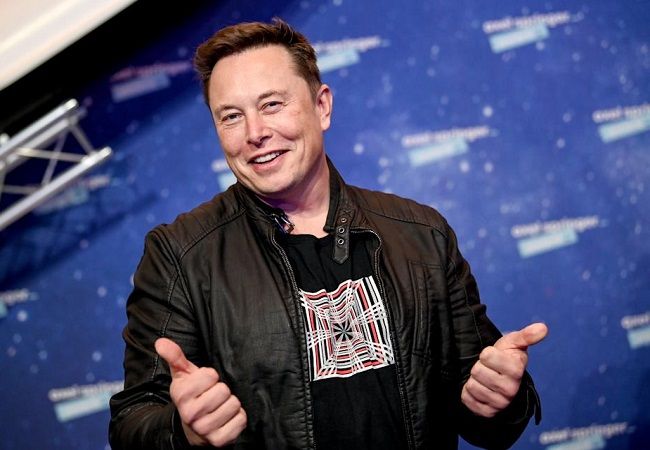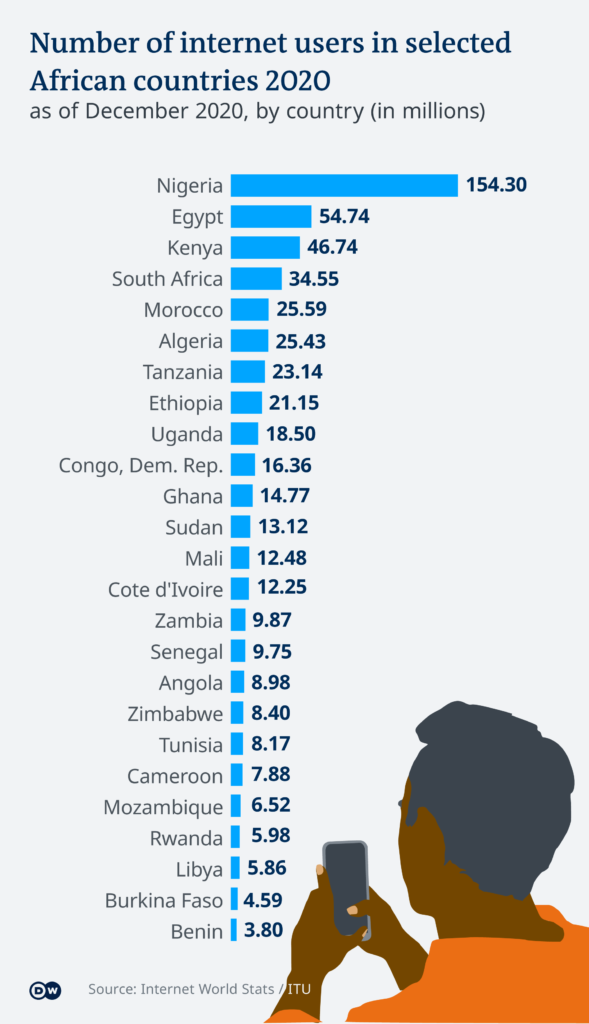What Should Africans Expect from Starlink?

In view of the global digitization dominance, internet access should not be considered a luxury anymore. Digital inclusion is a key enabler of efficient financial inclusion and effective e-commerce services. Mobile technology has advanced rapidly in Sub-Saharan Africa, but internet access has not. Internet penetration in Africa is 18%, which is significantly lower than the global average of 30%, and only one in every ten households is connected to the internet. With what appears to be the next wave of internet connectivity, Elon Musk’s Starlink can now provide internet solutions to Africa, starting with Nigeria and Mozambique.
The CEO of the company and Tesla billionaire, Elon Musk took to Twitter to announce the development on May 27. The Nigerian Communications Commission (NCC) has also confirmed the news.
Starlink approved by Nigeria ?? & Mozambique ??https://t.co/Q1VvqVmJ2i
— Elon Musk (@elonmusk) May 27, 2022
The approval follows a trip to Nigeria by the company’s team in May of last year to discuss the possibility of obtaining a license. Star Link currently has over 400,000 subscribers in 36 countries worldwide. Tweeting on the development, the Tesla boss said: “First two countries in Africa with Starlink regulatory approval.” All seven continents of the World have now licensed Starlink.
Over the last decade, African leaders have worked with a variety of local and international partners to make the internet available to the continent’s growing population. However, with only 22% internet connectivity, the continent lags far behind other world regions.

IT experts have argued that issues such as expensive data cost and lack of digital skills and literacy remains a barrier for many, particularly those living in rural areas. The question that remains now is: Can Starlink solve Africa’s internet problems?
What Starlink can Offer Africa
The second wave of Africa’s digital revolution arrived with undersea fiber-optic cables connecting the continent to the rest of the world. These cables have significantly increased data transmission capacity, while also reducing transmission time and costs. Prior to the installation of fiber optics, internet service providers relied on satellite connections, which could cost up to $2,300 per month for basic satellite connections. The adoption of fiber-optic cables enabled provision of internet services for less cost.
Unlike the fiber-optic powered internet services, Starlink is a low latency broadband internet system. The technology was developed to meet the needs of consumers in remote areas. In layman’s terms, it brings super-fast internet to rural areas via satellite. It can theoretically deliver 150Mbps internet speeds to any location on the planet. The customer only requires a clear view of the sky. There are about 69,000 active Starlink users in the United States and other selected locations in the region.
SpaceX had already launched several satellites into space and was currently in the process of launching a low-earth orbiting (LOE) constellation of satellites. This is to provide low latency, high bandwidth Internet to all corners of the globe, with Nigeria being a critical market.
The coming of Starlink will not just disrupt the internet space, but will greatly enhance connectivity in the region. In Nigeria specifically, the 5G and Starlink internet space will greatly fast-tracking economic development, as well as high internet penetration.
As of mid-January 2022, Starlink had launched over 2,000 satellites, with over 1,500 in operational orbit. The current system can support up to 4,408 satellites, nearly tripling the current number. Starlink is capable of delivering data faster than any other network. It possesses the ability to enable low-latency data transport across long distances.
The Flipside
Starlink enters a market dominated by telcos such as MTN and Airtel, as well as individual ISPs like Nigeria’s Spectranet. While the Starlink satellite internet service may perform better, the pricing, especially in Nigeria isn’t for the weak.
In comparison to existing similar internet plans in Nigeria, which cost an average of $50, Starlink is way more expensive. The package costs $599 (330,000) for a full kit, which includes a terminal, mounting tripod, and Wi-Fi router. This fee is also followed by a $110 (60,500) preorder and monthly subscription. Its premium service costs approximately $2,500 (1.375 million) for the entire kit and $500 (275,000) per month.
With these fees in mind, do you think Starlink is for the average man? Maybe there will be adjustments when full operations begin.
